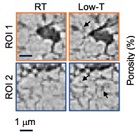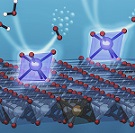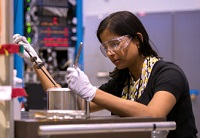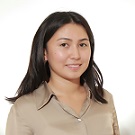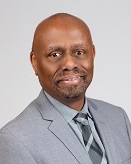SSRL/LCLS Users’ Meeting – September 20-24, 2021
 |
 |
 |
 |
 |
 |
 |
 |
Join us for our Annual SSRL/LCLS Users' Meeting this week! The September 22nd morning plenary session will include a welcome from SLAC Director Chi-Chang Kao, an update from Linda Horton (DOE BES), facility updates and a town hall discussion with LCLS and SSRL Directors Mike Dunne and Paul McIntyre, and keynote talks by Edward Solomon (Stanford University) and Steve Johnson (ETH Zurich). The plenary session during the morning of September 24th will feature talks by the SSRL and LCLS award recipients. Register
September workshops 20-24 include:
Monday, September 20
- Attosecond XFELs: Recent Progress and Future Applications (AM session)
- Metals in Structural Biology I & II (AM & PM sessions)
- Scientific Opportunities for Remote Access to User Facilities (AM session)
- Tender X-ray spectroscopy Opportunities at LCLS and SSRL (AM session)
- Nanofabrication for X-ray Sciences (PM session)
- Ultrafast Scattering at the high energy limit: Challenges and Opportunities in the 15-25 keV photon energy range (PM session)
Tuesday, September 21
- Computational methods in the Structural Sciences (AM session)
- Matter in Extreme Conditions (AM & PM sessions)
- TMO beyond early science (AM session)
- Ultrafast X-ray spectroscopy for catalysis dynamics: Condensed phase and interface chemistry (AM & PM sessions)
- Circular Dichroism Studies in the Gas Phase - Opportunities for Polarization Control (PM session)
- CryoEM of Macromolecules and Cells (PM session)
Wednesday, September 22
- Diversity, Equity, and Inclusion in Science: Guidelines for Research groups (PM session)
- Time Resolved - Bridging time scales between synchrotron & XFELS (Part I) (PM session)
- Theory and hands on software workshop on advanced calculations of X-ray spectroscopy with FEFF10, OCEAN, Corvus, and WebXAS (PM session)
Thursday, September 23
- Bioscience enabled by serial crystallography at LCLS and SSRL (AM session)
- Enhancing X-ray spectroscopy with ab initio and classical computational tools to understand environmental processes (AM session)
- MeV-UED workshop (AM & PM sessions)
- Non linear science at the Tender X-ray Instrument (AM session)
- Time Resolved Photoemission using Momentum Microscope at LCLS-II (AM session)
- High-repetition rate X-ray imaging/scattering (PM session)
- Time Resolved - Bridging time scales between synchrotron & XFELS (Part II) (PM session)
- X-ray spectroscopic studies of superconducting and low-dimensional nickelates (PM session)
Friday, September 24


